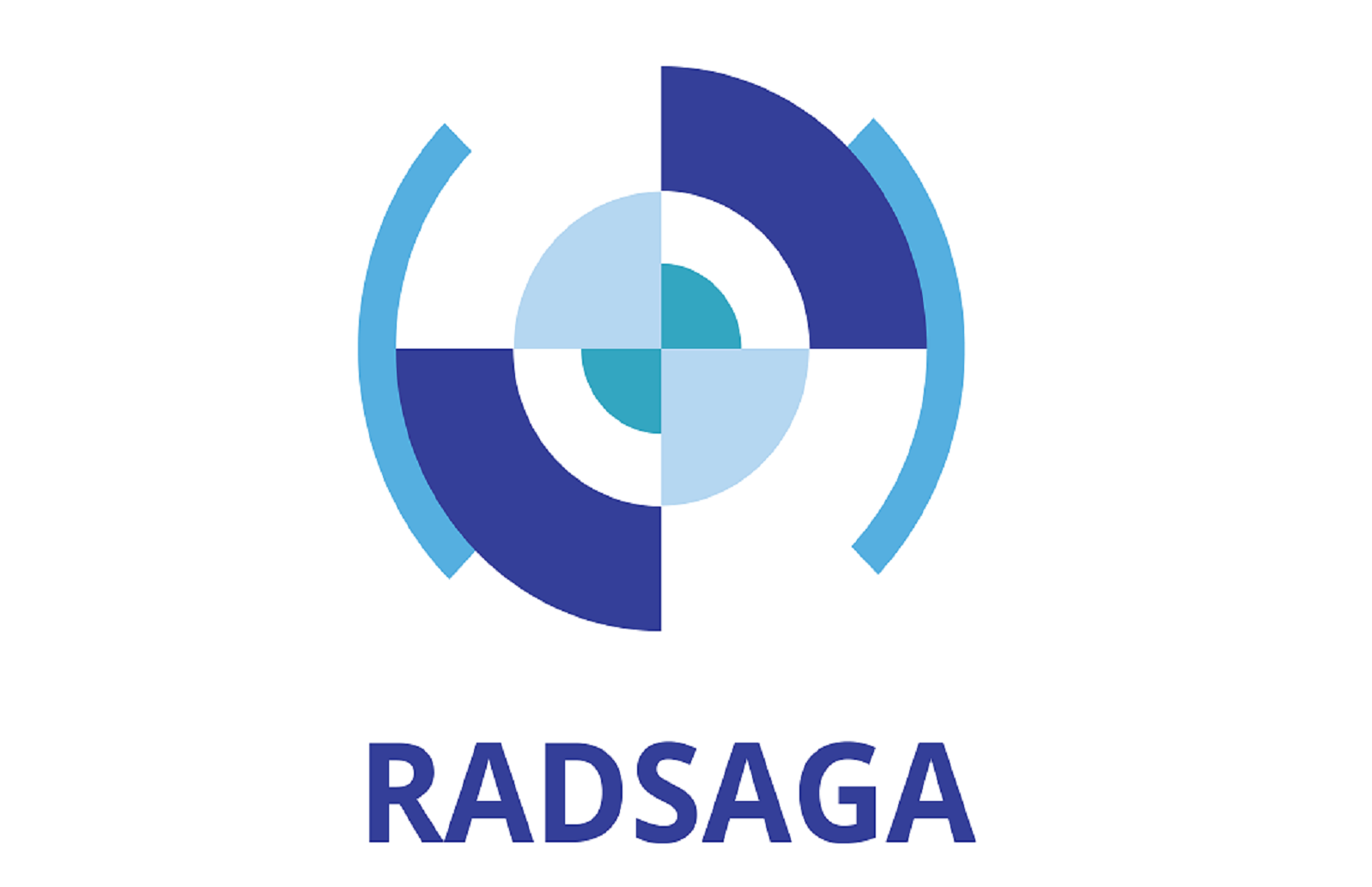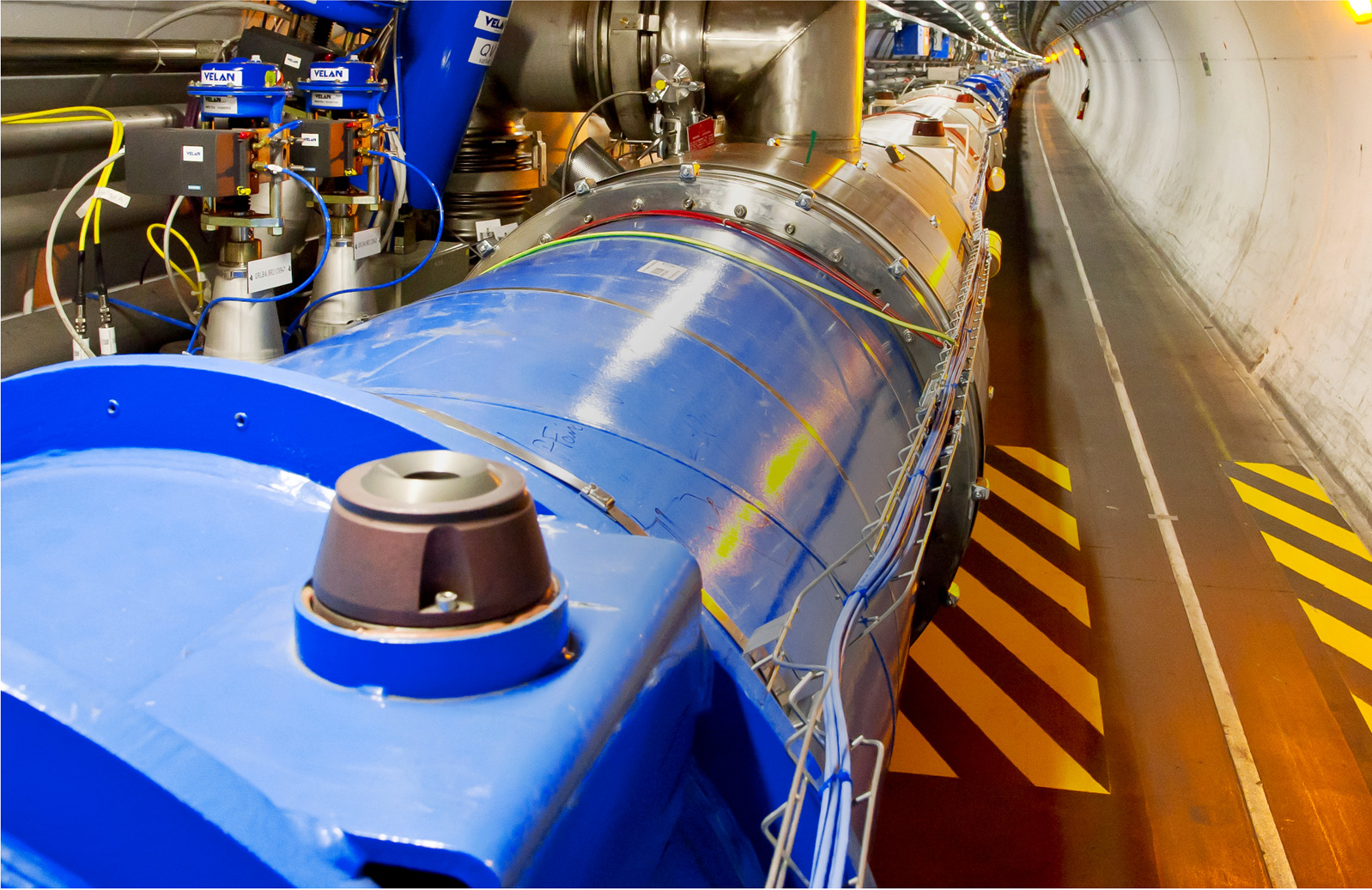
The 2018 RADFAC edition held at the Université de Montpellier, France saw the participation of six ESR students along with some supervisors from the faculty of the Université de Montpellier. Contribution were also given by other PhD students from other institutions such as ONERA, CNES, Université de Saint-Etienne and Laboratoire Hubert-Curien. The six ESRs who attended the conference were (in ESR number order): Vanessa Wyrwoll, Kimmo Niskanen, Ygor Aguiar, Tomasz Rajkowski, Israel Da Costa Lopes and Andrea Coronetti.
Three ESR students provided contribution to the conference by presenting their current work and future perspective about the forthcoming activities.
Israel Da Costa Lopes (ESR13) opened the conference with a presentation entitled "Bridging methodology from component to system-level for the assessment of coupled radiation and degradation constraints in digital systems". Israel provided motivations behind his work, which falls under WP3 - Systems in the RADSAGA framework. In particular, he explained that system reliability levels can be assessed by both a component level approach and a system level approach. In addition, he pointed out the importance of verifying the coupled effects between the most common electrical aging mechanisms occurring on electronics and the radiation induced effects. He also explained which kind of hardware he's going to employ for his research, the current testing plans and the relevant applications that would make use of his results.
Vanessa Wyrwoll (ESR4) later presented the "Response of the Standard Radiation Environment Monitor (SREM) mounted onboard the Rosetta mission to high energetic heavy ions". After an introduction on the Galactic Cosmic Rays environment, Vanessa presented the CERN SPS North Area H8 facility where she tested this monitor with a 40 GeV/n Xe beam with the aim of measuring the deposited energy and comparing particles signatures with other standard-energy heavy ions tests results and simulations. She also pointed out that the contribution from Xe ions accounted for only 72% of the total errors amount. This was mainly due to some fragmented particles with lower LET. These fragments are thought to be responsible for the slight discrepancies between simulation results and experimental findings.
Ygor Aguiar (ESR9) closed the conference with a presentation entitled "Monte-Carlo Predictive Tool for SEU and SET". After a brief introduction about the increasing sensitivity of integrated circuits smaller technological nodes (lower LET threshold) when it comes to SET and SEU, Ygor explained how his study may lead to savings in terms of testing time and cost. As another advantage, his study could improve design robustness by predicting SEU and SET sensitivity of digital circuits by means of Monte-Carlo simulations. This kind of simulation involves both the particle-interaction simulation and the electrical response simulation. Some of his results can also be used to discriminate on how to realize the electrical layout of an IC, in particular for VLSI.
Every presentation was followed by discussion with some of the biggest authorities in terms of radiation effects in France.
Congratulations from the RADSAGA network to Marine Ruffenach from ONERA for earning the participation to the RADECS 2018 technical session.




